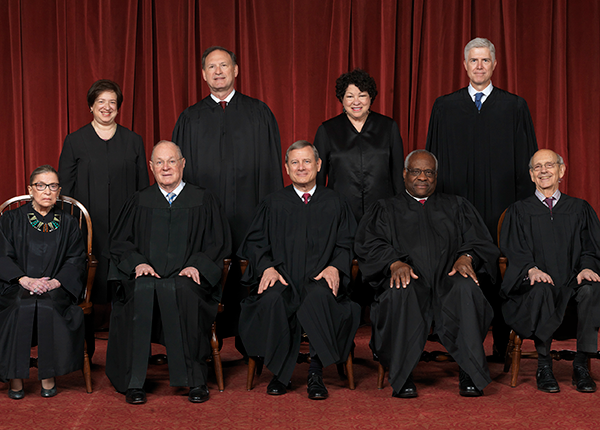Summary
In Carpenter, the Supreme Court once again addressed whether the Fourth Amendment’s prohibition on unreasonable searches and seizures applied to modern technology—in this case, to cellphones and smartphones. Can the government subpoena third-party telecommunications providers to provide your physical location, transmitted on an almost ongoing basis to the company cell sites? Is the Fourth Amendment well suited to the Internet Age, where most of our possessions and documents can be found in “the cloud” and in the possession of third-party technology companies?







